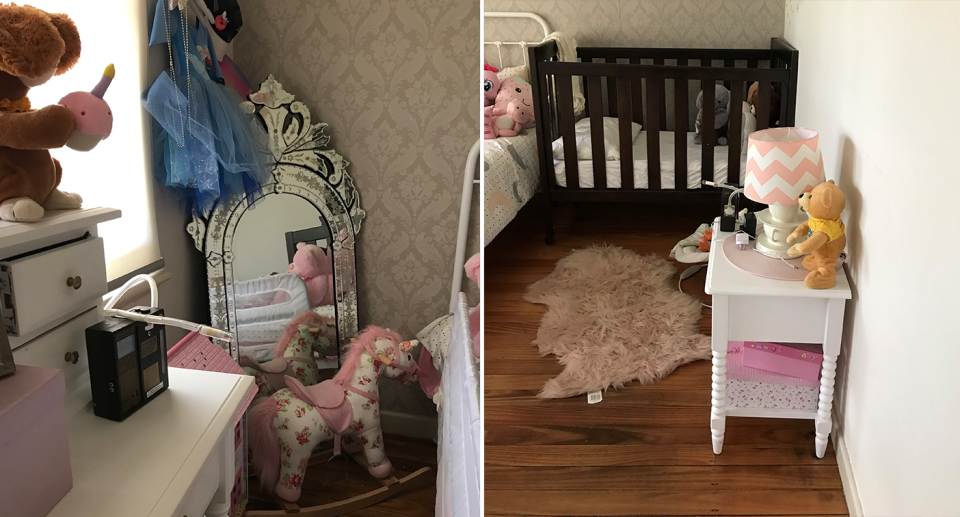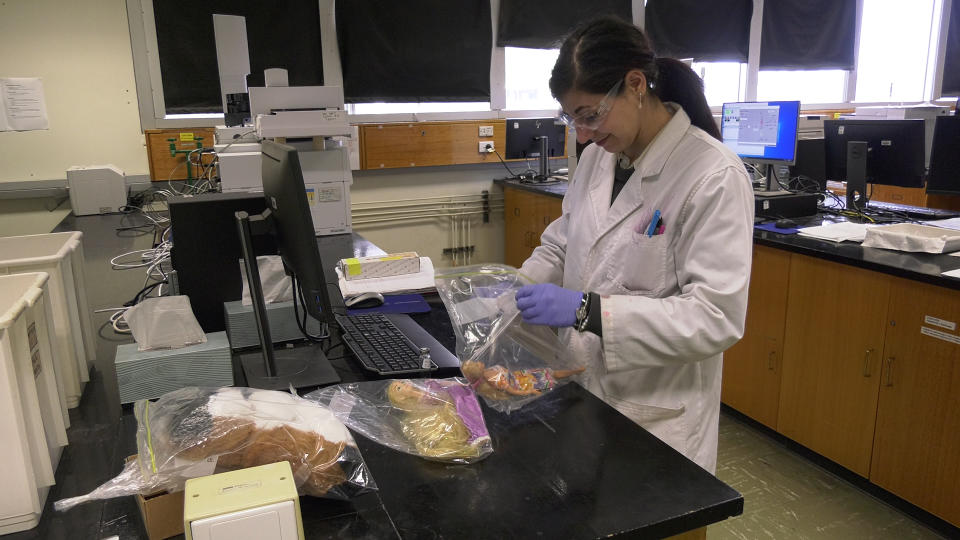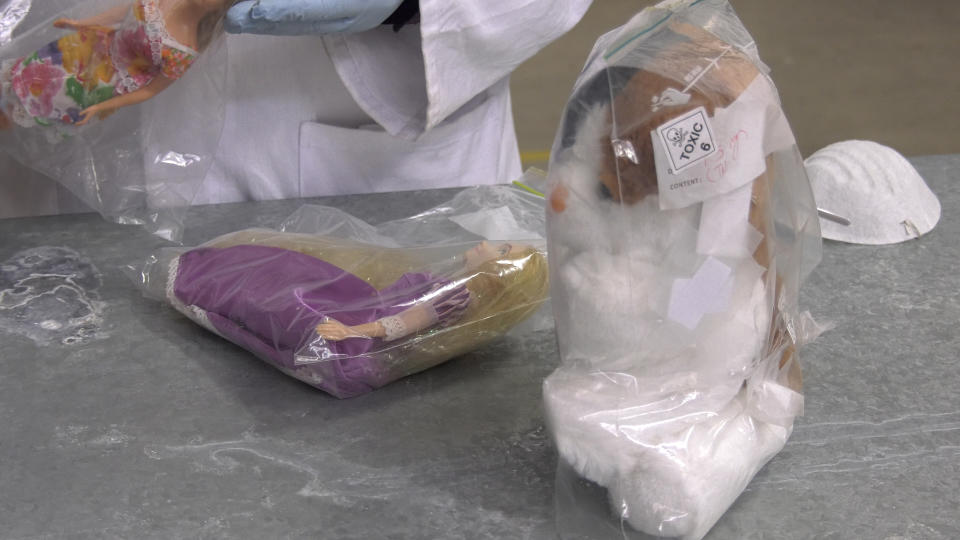Sinister detail behind these innocent photos of children's bedroom
Children’s bedrooms were found to be covered with methamphetamine years after a Victorian family unknowingly moved into a contaminated home.
While researchers testing the property thought the home appeared immaculate, they found the walls, furnishings and soft toys were covered in drug residue.
One of the children living at the address had been experiencing “quite significant health issues” and after finding out the contamination was above Australian guidelines the family moved out.

Rather than throw all of their contaminated possessions away, scientists were given access to toys and other items for testing.
What researchers discovered has shed new light on how meth can spread around a home long after all signs of the drug have been seemingly cleaned away.
Meth found to spread into the air
Previous studies have found meth can stay on surfaces long after it has been smoked or manufactured inside a building, but a new study by Flinders University has found it can also remain in the air.
While it was certain that the drug had been manufactured inside the home where the family had been living, it was unclear whether a second property analysed had been used for production or just recreational use.
Tests conducted inside this house also found meth in the air, further highlighting that the drug poses an inhalation risk as well as being absorbed via skin exposure.
Researcher Dr Jackie Wright told Yahoo News Australia that as people move around the house, playing with toys, brushing against walls, or disturbing dust while vacuuming, meth can further spread from porous objects into the air.

“Where there's contamination of property, it's quite mobile,” Dr Wright said.
“So it can be transferred from the materials in the building to new positions that you bring in.
“If you bring in your own bed, that bed will become contaminated and your kid’s toys will become contaminated.”
‘It looks like a normal house’
Professional cleaning generally only deals with the surface of affected homes, and therefore Dr Wright says further studies are required to establish how deeply the drug penetrates materials.
The researchers have established that meth can find its way into gyprock, but they are yet to work out how much of the drug leaks out into the air over time.

Dr Wright hopes the research will lead to regulations that ensure both inhalation and surface risks are adequately addressed.
“A lot of people living in these properties aren't aware that there's contamination present because you can't see it,” Dr Wright said.
“Those who manufactured drugs before new residents have moved in have often hidden what they've done.
“There's no equipment left behind, there's no drugs around, there's nothing to indicate that that property was used for that purpose.
“It looks like a normal house.”
Do you have a story tip? Email: newsroomau@yahoonews.com.
You can also follow us on Facebook, Instagram and Twitter and download the Yahoo News app from the App Store or Google Play.




